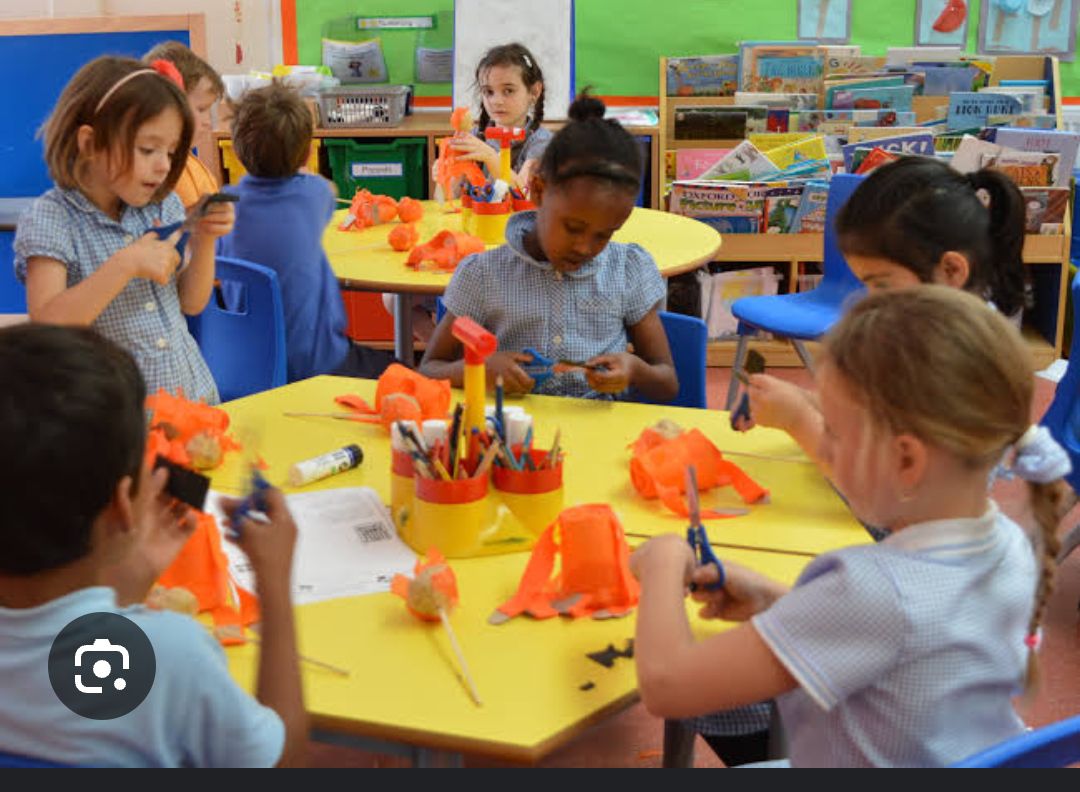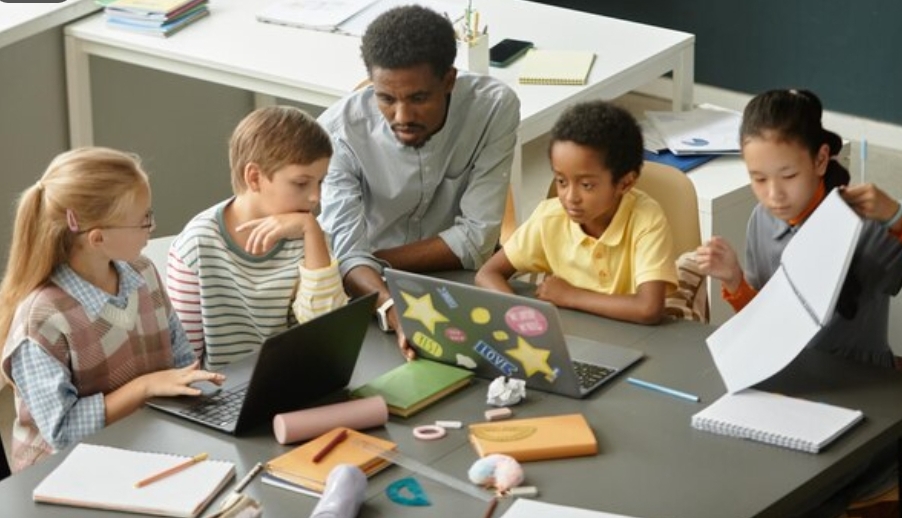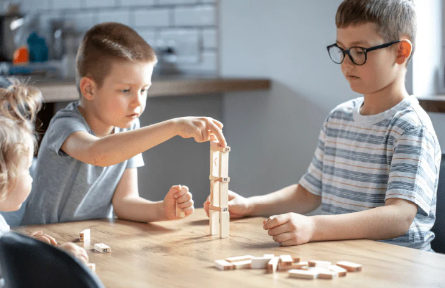
Introduction
Creativity is a fundamental skill that fosters innovation, critical thinking, and problem-solving abilities in students. As educators, inspiring creativity in the classroom is essential for nurturing the next generation of innovators and leaders. In this article, we explore practical strategies and techniques to cultivate creativity, engage students in meaningful learning experiences, and unleash their full potential. By incorporating research-based approaches and leveraging educational technology trends, educators can create dynamic and stimulating learning environments that inspire creativity and ignite a passion for lifelong learning. The strategies include:
Encourage Divergent Thinking:
Divergent thinking is the cornerstone of creativity, allowing students to explore multiple perspectives, generate novel ideas, and approach problems from unconventional angles. Encourage divergent thinking by posing open-ended questions, facilitating brainstorming sessions, and providing opportunities for exploration and experimentation.
Foster a Growth Mindset:
Cultivate a growth mindset among students by emphasizing the importance of effort, persistence, and resilience in the learning process. Encourage students to view challenges as opportunities for growth, celebrate mistakes as valuable learning experiences, and recognize the power of perseverance in achieving their goals.
Provide Opportunities for Hands-On Learning:
Hands-on learning experiences are invaluable for stimulating creativity and promoting active engagement in the classroom. Incorporate project-based learning activities, interactive simulations, and experiential learning opportunities that encourage students to apply their knowledge, skills, and creativity to real-world problems.
Integrate Educational Technology Tools:
Harness the power of educational technology tools to enhance creativity and facilitate collaborative learning experiences. Explore e-learning platforms comparison to identify tools and resources that align with your instructional goals and leverage features such as virtual classroom tools, self-paced online courses, and online tutoring services to personalize learning and support student success.
Cultivate a Culture of Collaboration:
Create a collaborative learning environment where students feel empowered to share ideas, collaborate on projects, and learn from one another. Encourage teamwork, peer feedback, and collaborative problem-solving activities that promote communication skills, empathy, and a sense of community among students.
Embrace Multimodal Learning:
Recognize that students have diverse learning preferences and strengths, and embrace multimodal learning approaches that accommodate different learning styles. Incorporate multimedia resources, interactive presentations, and hands-on activities that cater to visual, auditory, and kinesthetic learners and provide opportunities for students to express their creativity in various ways.
Encourage Reflection and Self-Assessment:
Promote metacognitive skills by encouraging students to reflect on their learning experiences, identify areas for growth, and set goals for improvement. Provide opportunities for self-assessment, peer evaluation, and feedback that empower students to take ownership of their learning journey and develop a growth mindset.
Conclusion
Inspiring creativity in the classroom is essential for preparing students to thrive in an increasingly complex and interconnected world. By incorporating research-based strategies, leveraging educational technology trends, and fostering a supportive learning environment, educators can empower students to unleash their creativity, embrace innovation, and become lifelong learners who are equipped to tackle the challenges of the future with confidence and resilience.










